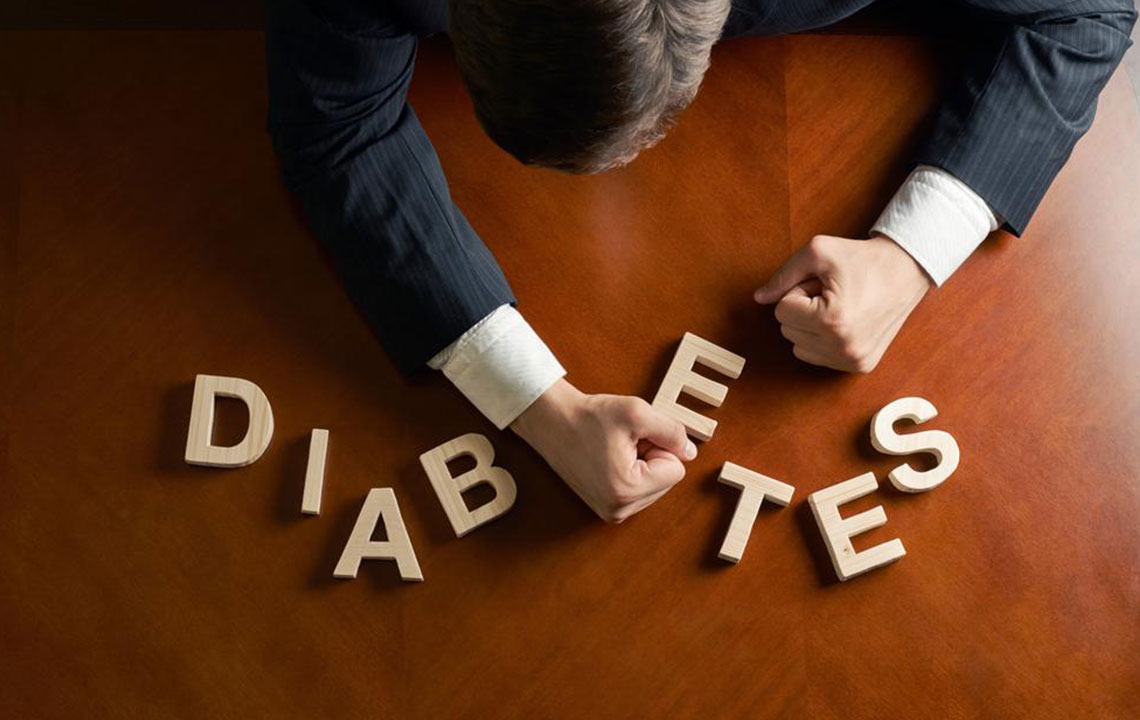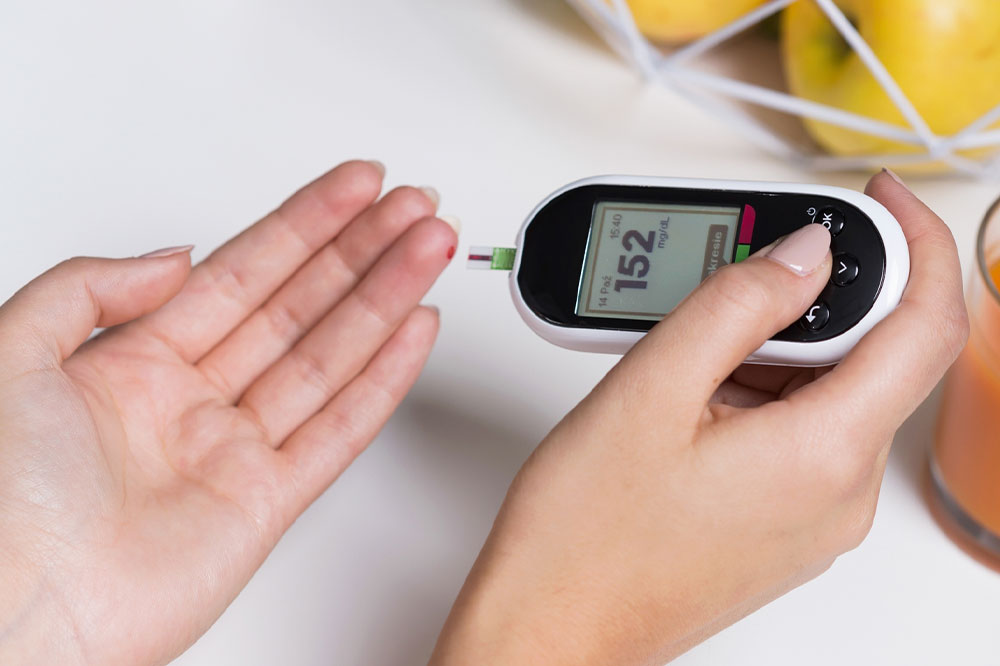Identifying the Critical Symptoms of High Blood Sugar Levels for Better Management
High blood sugar levels, or hyperglycemia, often present with symptoms like frequent urination, excessive thirst, dry skin, unintentional weight loss, and delayed wound healing. Recognizing these signs early is key to effective diabetes management. This comprehensive guide explains the common symptoms, their significance, and steps to take for timely intervention. Proper awareness and medical consultation can prevent complications associated with unmanaged hyperglycemia, promoting a healthier lifestyle and long-term wellness.

Identifying the Critical Symptoms of High Blood Sugar Levels for Better Management
Elevated blood sugar, medically known as hyperglycemia, is a condition that occurs when the glucose concentration in your bloodstream exceeds normal levels. This state is commonly linked to diabetes mellitus — a chronic health condition affecting millions worldwide. Understanding and recognizing the early symptoms of high blood sugar are essential steps in preventing severe complications associated with unmanaged diabetes.
Hyperglycemia is not just a concern for those diagnosed with diabetes; it can also affect individuals with prediabetes or metabolic syndromes. Therefore, being vigilant about the signs indicating elevated blood glucose is crucial for overall health and well-being.
Frequent Urination (Polyuria): One of the hallmark symptoms of hyperglycemia is increased urination. When blood sugar levels are elevated, the kidneys work harder to filter and excrete excess glucose, leading to frequent trips to the bathroom. This increased urination can cause dehydration, which often triggers additional symptoms such as thirst and dry mouth.
Persistent Thirst and Dry Mouth: Unusual and persistent feelings of thirst are common indicators of high blood sugar. Though many associate thirst with dehydration, elevated sugar levels directly influence the body’s hydration status, causing dry mouth and a constant desire to drink fluids. This symptom often occurs alongside frequent urination, compounding dehydration if not properly managed.
Dry, Itchy Skin: When glucose levels stay high over time, it can lead to skin dryness and itching. These skin changes are usually harmless but can be quite uncomfortable. Proper skin hydration and blood sugar control are vital to alleviating these symptoms.
Unintended Weight Loss: Unexpected weight loss without any significant change in diet or activity levels can be a red flag for uncontrolled diabetes. Very high blood sugar levels can lead to the body breaking down fat and muscle tissue for energy, resulting in weight loss. If you notice rapid weight loss, it’s important to consult with a healthcare professional for diagnosis and management.
Delayed Wound Healing: Elevated glucose levels negatively impact immune function and reduce circulation, impairing the body’s ability to repair tissue and heal wounds promptly. Slow healing or infections that don’t resolve quickly should prompt a medical evaluation, including blood sugar testing, to identify underlying hyperglycemia.
Recognizing these symptoms early can significantly help in managing blood sugar levels effectively, reducing the risk of long-term complications such as nerve damage, kidney issues, and cardiovascular diseases. Education about these signs empowers individuals to seek timely medical advice, adopt healthier lifestyle changes, and improve their overall quality of life.
If you experience any of these signs consistently, it is crucial to consult a healthcare provider promptly. Proper diagnosis and management of high blood sugar through lifestyle changes, medication, and regular monitoring can lead to better health outcomes and prevent severe health issues.





